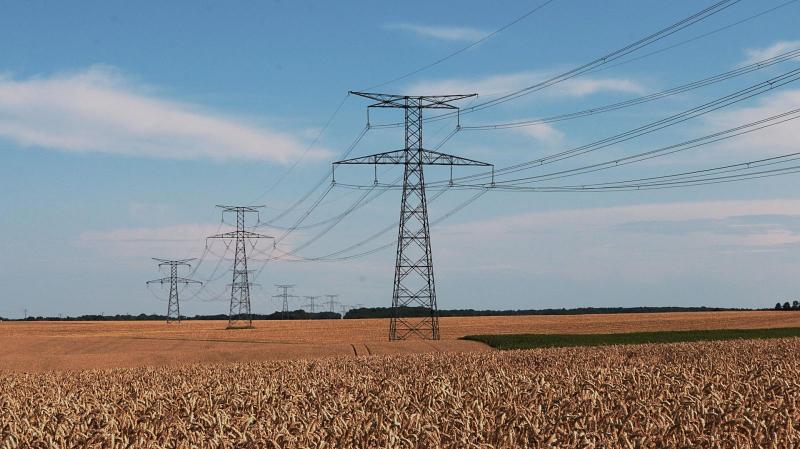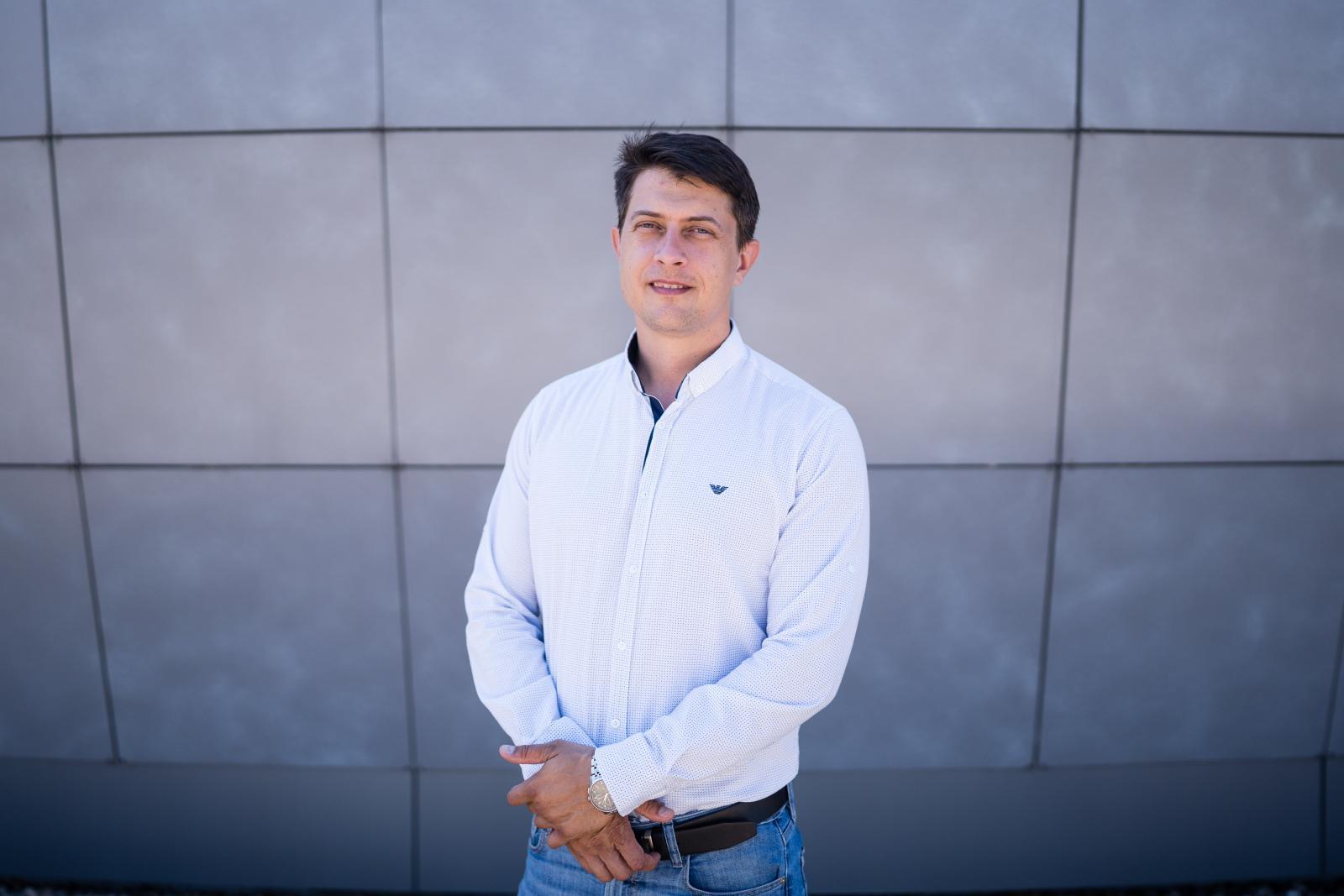Topic
Artificial intelligence will help to detect failures of the energy system

The energy network in the Czech Republic is not only extensive, but also very interconnected. Any fluctuation - whether in the form of a malfunction or uneven consumption - can cause more serious damage. Therefore, the legal operator of the electric power system ČEPS (Czech electricity transmission system) launched the ARTIC project, on which data analysts from FEECT BUT work together. The goal is to test the use of artificial intelligence in dispatch management and energy trading.
The use of artificial intelligence could help in three areas - predicting technical losses, detecting errors in the computational models of the dispatch control system, and classifying operational states that monitor network security. Sophisticated management and intelligent monitoring is currently essential.
"Once upon a time, there was always one power station distributing electricity in the region. Today, many more entities produce electricity. It also includes photovoltaics, which cause fluctuations in the network after sunset or sunrise. The energy network in the Czech Republic is extensive and very interconnected. If someone starts pumping or supplying electricity on a larger scale, an imbalance will arise. In addition, we are connected abroad, and problems or fluctuations in the network of neighbouring countries do not stop at the borders," Radim Burget, the head of the team of data analysts from FEEC BUT explains.
However, the BUT specialists needed training data to test the data analysis tools. Therefore, the ČEPS control centre artificially created disturbances in the network throughout the Czech Republic. Experts continuously measured them and trained neural networks and machine learning algorithms on them. The goal was to teach them to distinguish between increased consumption and a malfunction that requires immediate intervention.
"We tested the entire energy network, creating extensive models and graphs that didn't even fit on a regular monitor. It was not easy to imagine how the networks behave," Burget describes the challenges of the project. After several tens of measurements, the algorithm from FEEC BUT was able to recognize faster and more accurately than a human where a problem occurred in the energy network.
The tool from FEEC BUT is intended for the operator of the entire energy system and allows you to react quickly to situations that arise. "The project has huge potential because it can prevent malfunctions - detect them in a few seconds and alert the operator in time so that they can quickly resolve or even prevent an impending or occurring outage," Burget assesses.
The technical loss predictor can also estimate the future volume of electricity losses in the transmission system. A more accurate estimate will then allow ČEPS to purchase an adequate amount of electricity to cover them and save financial resources.
"In the future, we would like to add the ability to quickly process and evaluate large amounts of data to our 'portfolio' of analytical methods. We perceive the use of artificial intelligence primarily in the sense of machine learning, i.e. as a tool for decision support. The primary role will thus continue to be played by our experts," Radek Hartman, a member of the ČEPS board of directors, commented for the Ministry of Industry and Trade.
(mar)
YSpace succeeds in prestigious ESA programme and heads to space
Scientists from FEEC BUT are participating in the development of a smart intersection. This could make transport more efficient and ensure greater safety
Swarm of unmanned drones with ground robots to help army survey hazardous areas
Millions of calculations in overheated offices as a path to green gas
Scientists from FEEC BUT have developed a bracelet that warns of the risk of Parkinson ’s disease